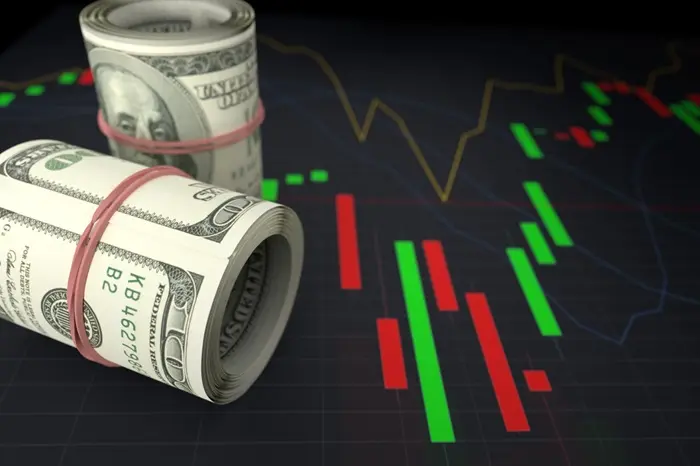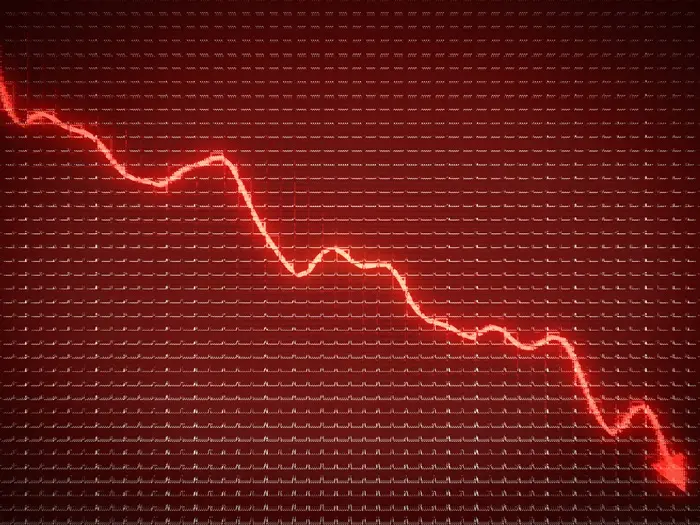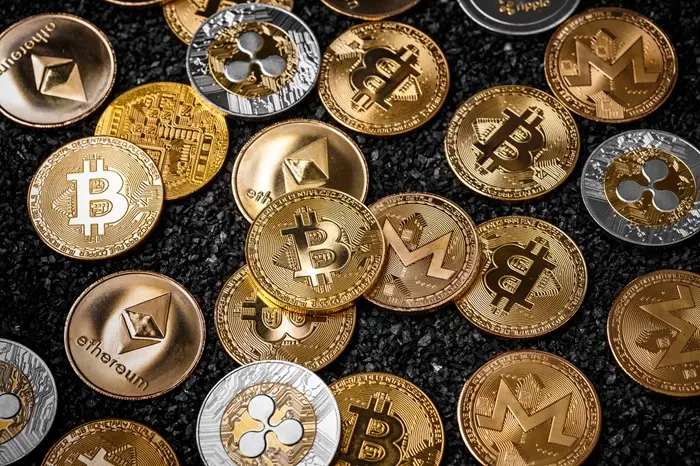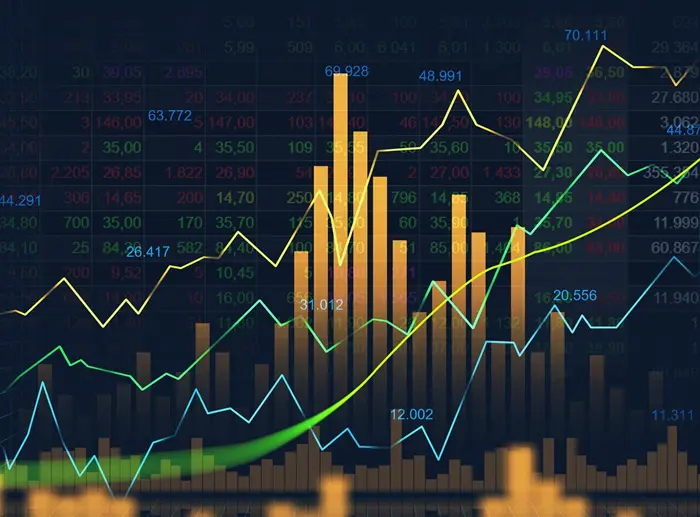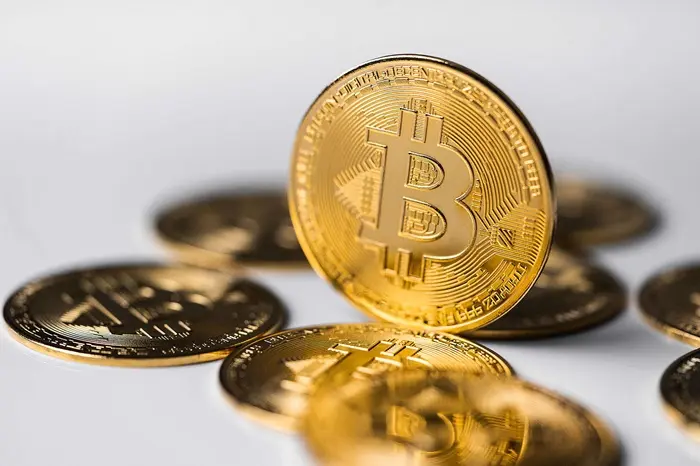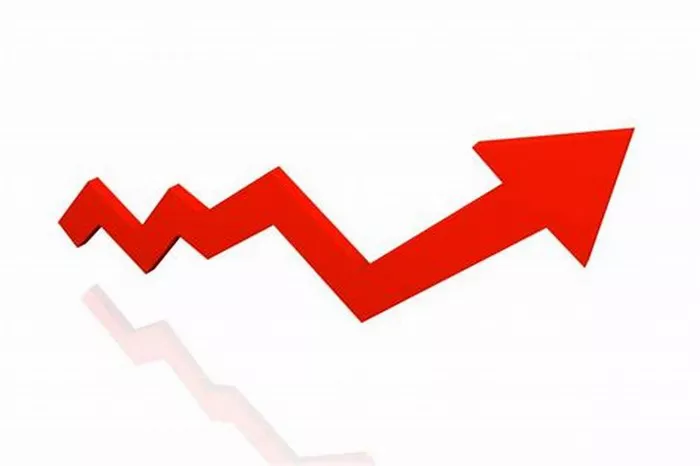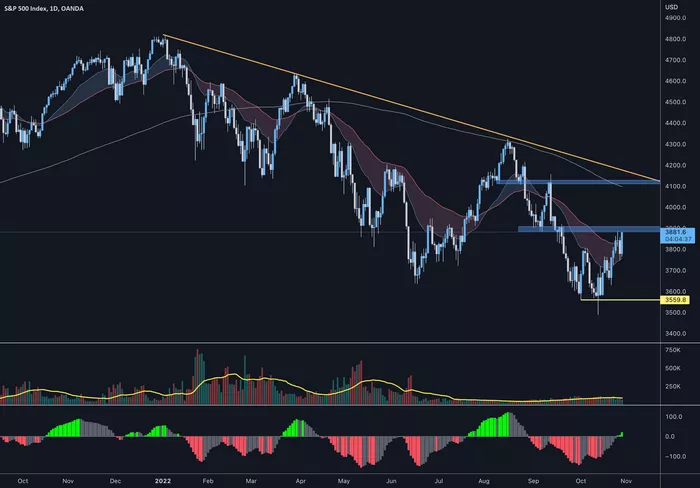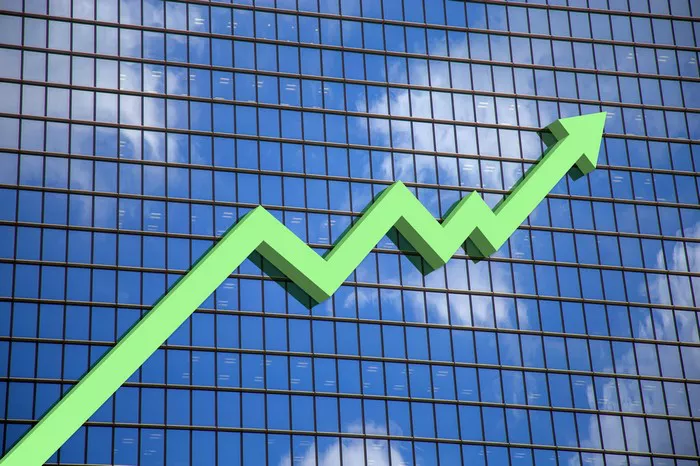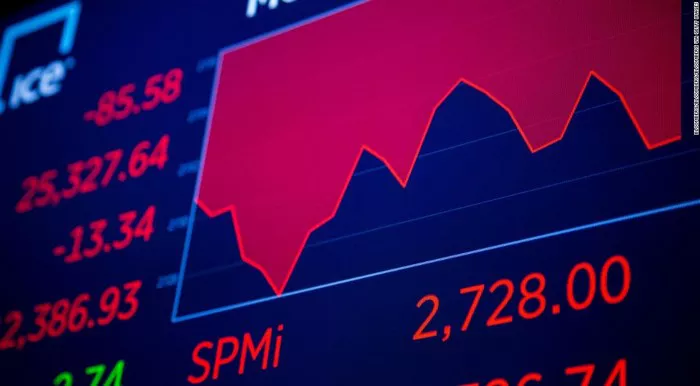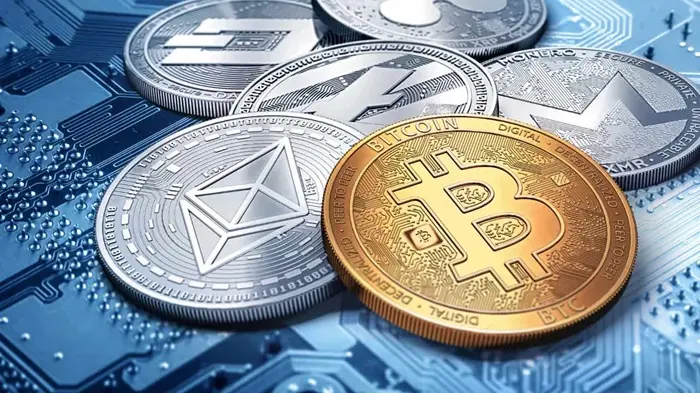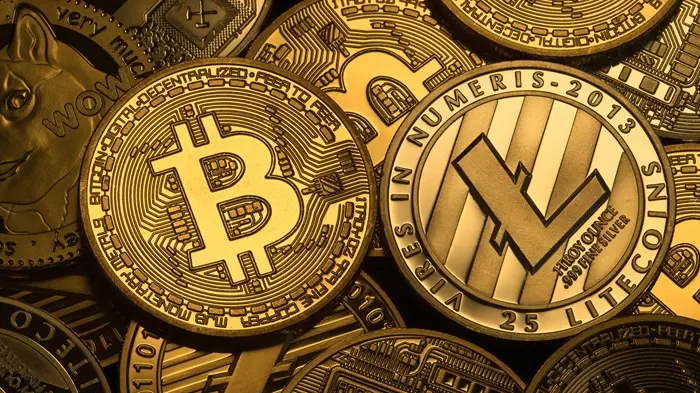Gold has long been regarded as a valuable commodity, used for centuries in various cultures as a medium of exchange, a store of value, and a symbol of wealth. The price of gold is influenced by various factors, including economic conditions, market demand, geopolitical stability, and currency fluctuations. While the price of gold is usually quoted per ounce or per kilogram, the price per gram is also a common measurement used in various markets around the world.
In this article, we will explore how the price of a gram of gold is determined in USD, the factors that influence its value, and how it compares to other forms of gold pricing. Additionally, we will provide an overview of the global gold market and explain the importance of understanding gold pricing when making investment decisions.
Understanding Gold Pricing in USD
Gold is primarily traded on the global commodities market in troy ounces, with each troy ounce equivalent to approximately 31.1035 grams. Therefore, to determine the price of a gram of gold, you simply divide the price of one troy ounce of gold by 31.1035. While gold prices can fluctuate daily, the process of calculating the value of a gram of gold in USD follows a simple mathematical formula.
It is important to note that the price of gold fluctuates constantly based on a variety of factors, and this example reflects a snapshot of the market at a specific time.
Factors Affecting the Price of Gold
The price of gold in USD is influenced by several key factors. Understanding these factors can help investors, traders, and consumers better navigate the gold market.
1. Global Economic Conditions
Economic conditions are one of the most significant drivers of gold prices. When the global economy is uncertain or facing downturns, investors often turn to gold as a safe-haven asset. During periods of inflation, economic recessions, or financial crises, the demand for gold typically increases, pushing prices higher.
Conversely, when economic conditions are strong, and markets are performing well, the demand for gold may decrease, leading to lower prices.
2. Inflation and Interest Rates
Gold is often seen as a hedge against inflation. When inflation rates rise, the purchasing power of fiat currencies like the US dollar tends to decrease. As a result, investors often buy gold to protect their wealth from inflation. This increased demand for gold pushes prices higher.
Similarly, interest rates set by central banks, such as the Federal Reserve in the United States, can impact the price of gold. When interest rates are low, gold becomes more attractive because the opportunity cost of holding gold (which does not yield interest) is reduced. As a result, demand for gold increases, and its price rises.
3. Geopolitical Instability
Geopolitical instability, such as wars, political crises, and natural disasters, can also affect the price of gold. When geopolitical tensions rise, investors seek safe-haven assets like gold to protect their portfolios from the potential risks associated with such events.
For example, during periods of conflict or uncertainty, such as the COVID-19 pandemic, gold prices tend to rise as investors flock to the metal as a store of value.
4. Currency Fluctuations
The price of gold is often inversely related to the strength of the US dollar. When the value of the US dollar falls, the price of gold tends to rise because gold is priced in USD. A weaker dollar makes gold cheaper for investors holding other currencies, which can increase global demand for the metal.
On the other hand, when the US dollar strengthens, the price of gold may decline, as gold becomes more expensive for foreign buyers.
5. Supply and Demand Dynamics
The basic economic principle of supply and demand plays a significant role in the price of gold. The global supply of gold is limited, as it is a finite resource. The process of mining gold is complex, costly, and time-consuming, which means the supply of gold is relatively inelastic in the short term.
On the demand side, gold is used in various industries, including jewelry, electronics, and medicine, in addition to being a financial asset. Changes in demand from these sectors can influence the price of gold.
For example, if there is a surge in demand for gold jewelry during the wedding season in India or China, this could push up the price of gold globally.
The Global Gold Market and Price Discovery
The price of gold is determined through a process known as price discovery, which takes place on global markets where gold is traded. The most prominent markets for gold trading include the London Bullion Market, the New York Mercantile Exchange (NYMEX), and the Shanghai Gold Exchange.
1. London Bullion Market
The London Bullion Market is one of the oldest and most influential markets for gold trading. It is where the London Gold Fixing, a benchmark for the price of gold, is determined twice a day. The price is set based on the demand and supply of gold in the market and reflects the global sentiment toward the commodity.
The London Gold Fixing is used as a reference point for pricing gold in various forms, including bars, coins, and jewelry. Many gold transactions around the world are priced based on the London Gold Fixing.
2. New York Mercantile Exchange (NYMEX)
The NYMEX is another key market for gold trading. It is part of the CME Group and facilitates the trading of gold futures contracts. These contracts allow investors to buy and sell gold at a future date for a price determined at the time of the contract’s initiation.
Futures contracts are a popular way for traders to speculate on the price of gold or hedge against price fluctuations. The gold futures market is highly liquid, and its prices can impact the spot price of gold, which is the current market price for immediate delivery.
3. Shanghai Gold Exchange
The Shanghai Gold Exchange (SGE) is the largest gold exchange in China and one of the largest in the world. It is a significant player in the global gold market, particularly due to China’s status as one of the largest consumers and producers of gold. The SGE plays an important role in price discovery, and its prices often align with those of the London Bullion Market and NYMEX.
4. Spot Price vs. Futures Price
The spot price of gold refers to the current market price for immediate delivery of gold. It is determined by the supply and demand dynamics in the market at any given time. The spot price is the most commonly quoted price for gold in USD per ounce or gram.
In contrast, the futures price refers to the price of gold as agreed upon in a futures contract for delivery at a specified time in the future. The futures price can differ from the spot price due to factors such as interest rates, storage costs, and market speculation.
How to Track the Price of Gold
There are several ways to track the price of gold in USD, and staying updated on gold price fluctuations is essential for making informed decisions in the market.
1. Gold Price Websites and Apps
There are numerous websites and apps that provide real-time updates on the price of gold. These platforms offer gold price data in various forms, including per ounce, gram, kilogram, and other units. Popular gold price tracking websites include:
Kitco: A leading provider of precious metals news and gold price charts.
GoldPrice.org: A comprehensive website that tracks the price of gold in different currencies, including USD.
BullionVault: An online platform that allows users to buy, sell, and store gold.
These sites often provide historical data, price charts, and analysis to help you track gold prices over time.
2. Gold ETFs and Investment Products
Gold Exchange-Traded Funds (ETFs) are investment vehicles that allow investors to gain exposure to the price of gold without physically owning the metal. Popular gold ETFs, such as the SPDR Gold Shares ETF (GLD), track the price of gold and can be a convenient way to monitor gold prices.
Investors can also track gold through other financial products, such as mutual funds or gold mining stocks, which are influenced by the price of gold.
Conclusion
The price of gold in USD is a dynamic figure that is influenced by a range of factors, including economic conditions, inflation, geopolitical instability, and supply and demand. Gold is typically priced in troy ounces, but it is also commonly quoted per gram, making it accessible to a broader range of investors and consumers.
Understanding how the price of gold is determined and the factors that influence its value can help you make informed decisions whether you are investing in gold, buying gold jewelry, or simply following the market. By staying updated on the latest price movements and understanding the broader economic and geopolitical landscape, you can better navigate the gold market and take advantage of opportunities as they arise.
Related topics:
How Much Is Gas in Vancouver in USD?












